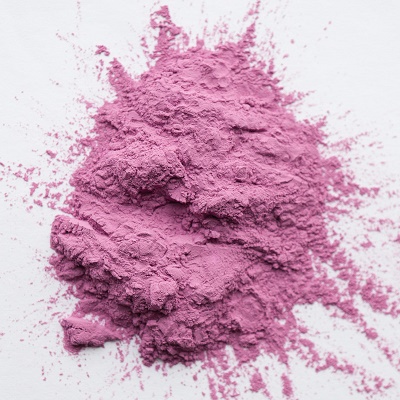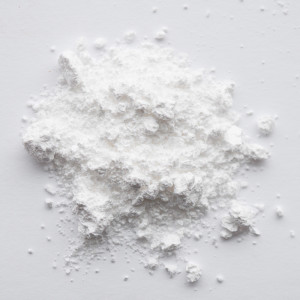Exploring the Versatility of Cobalt Carbonate: Applications, Properties, and Future Prospects
Cobalt carbonate, a chemical compound with the formula CoCO₃, has emerged as a material of significant importance across various industries due to its unique properties and versatile applications. This comprehensive guide unravels the diverse facets of cobalt carbonate, delving into its origins, physical characteristics, industrial uses, and potential advancements that could shape its future role in technological and industrial landscapes.
Origins and Composition:
Cobalt carbonate is derived from cobalt, a transition metal that belongs to the group of elements known for their diverse chemical behaviors. It is crucial to understand the composition of cobalt carbonate, represented by the chemical formula CoCO₃, indicating the presence of cobalt, carbon, and oxygen.
Cobalt, as a base metal, forms various compounds, and its combination with carbonate results in a compound with distinct properties that make it valuable in several applications.
Physical Characteristics:
To comprehend the applications of cobalt carbonate, it is essential to grasp its physical attributes, which play a pivotal role in determining its suitability for specific uses.
- Color and Form: Cobalt carbonate typically appears as a pink solid. Its color is influenced by the oxidation state of cobalt. In industrial settings, it is often encountered in powder form, facilitating its integration into various processes.
- Solubility: Cobalt carbonate exhibits limited solubility in water, impacting its behavior in different environments and applications. This solubility characteristic is a crucial consideration in industries where controlled dissolution is essential.
- Thermal Properties: The response of cobalt carbonate to heat is an important aspect of its usability. Understanding its thermal stability is vital in applications involving elevated temperatures.
Industrial Applications: Cobalt carbonate finds widespread use across diverse industries, owing to its unique properties and chemical characteristics. Some of its notable applications include:
- Ceramics and Pigments: Cobalt carbonate serves as a key component in ceramic and pigment production. Its pink hue makes it a sought-after choice for imparting color to ceramics, glass, and paints.
- Agriculture: In agriculture, cobalt carbonate is employed as a trace element in fertilizers. Plants require cobalt for certain metabolic processes, and its controlled inclusion in fertilizers ensures optimal growth and development.
- Catalysts: Cobalt compounds, including cobalt carbonate, function as catalysts in various chemical reactions. Catalysts play a crucial role in accelerating reactions without undergoing permanent changes themselves.
- Rechargeable Batteries: The expanding realm of rechargeable batteries, including lithium-ion batteries, has led to increased demand for cobalt compounds. Cobalt carbonate, with its unique properties, contributes to the cathodes of these batteries.
Benefits and Considerations: The use of cobalt carbonate offers several benefits in different applications, but it is essential to consider certain factors to ensure responsible and effective utilization.
- Color Stability: Cobalt carbonate’s color stability, especially in ceramics and pigments, makes it a reliable choice for industries where maintaining specific shades is crucial.
- Trace Element in Agriculture: In agriculture, cobalt carbonate’s role as a trace element is beneficial for promoting plant health. However, it is imperative to adhere to recommended concentrations to prevent unintended consequences.
- Catalytic Activity: The catalytic properties of cobalt carbonate contribute to the efficiency of various chemical processes, but catalyst optimization and recycling are areas of ongoing research to enhance sustainability.
Future Prospects and Innovations: As industries evolve and technological advancements continue, the role of cobalt carbonate is poised to undergo further developments and innovations.
- Battery Technologies: With the surge in demand for electric vehicles and energy storage solutions, the use of cobalt carbonate in advanced battery technologies is expected to grow. Research focuses on reducing cobalt content to address concerns related to resource availability and environmental impact.
- Catalysis: Ongoing research in catalysis aims to improve the efficiency of cobalt carbonate and related compounds, fostering greener and more sustainable chemical processes.
- Alternatives and Substitutes: As sustainability becomes a focal point, exploration of alternatives and substitutes for cobalt carbonate is a subject of interest. This includes investigations into new materials that can deliver comparable or superior performance in various applications.
Conclusion:
Cobalt carbonate’s journey from the laboratory to diverse industrial applications showcases its adaptability and significance in modern technologies. Its role in coloring agents, agriculture, catalysis, and battery technologies underscores its versatility. As industries continue to prioritize sustainability, ongoing research and innovations will likely shape the future landscape of cobalt carbonate applications. Balancing its benefits with environmental considerations and exploring substitutes will be essential in ensuring its continued contribution to diverse sectors while minimizing ecological impact.




Reviews
There are no reviews yet.